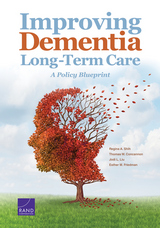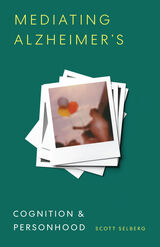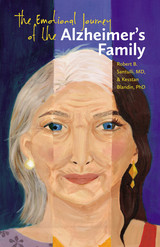Manic Minds: Mania's Mad History and Its Neuro-Future
Rutgers University Press, 2012
Cloth: 978-0-8135-5157-9 | Paper: 978-0-8135-5158-6 | eISBN: 978-0-8135-8085-2 (ePub) | eISBN: 978-0-8135-5203-3 (PDF)
Library of Congress Classification RC516.H47 2011
Dewey Decimal Classification 616.895
Cloth: 978-0-8135-5157-9 | Paper: 978-0-8135-5158-6 | eISBN: 978-0-8135-8085-2 (ePub) | eISBN: 978-0-8135-5203-3 (PDF)
Library of Congress Classification RC516.H47 2011
Dewey Decimal Classification 616.895
ABOUT THIS BOOK | AUTHOR BIOGRAPHY | REVIEWS | TOC
ABOUT THIS BOOK
From its first depictions in ancient medical literature to contemporary depictions in brain imaging, mania has been largely associated with its Greek roots, "to rage." Prior to the nineteenth century, "mania" was used interchangeably with "madness." Although its meanings shifted over time, the word remained layered with the type of madness first-century writers described: rage, fury, frenzy. Even now, the mental illness we know as bipolar disorder describes conditions of extreme irritability, inflated grandiosity, and excessive impulsivity.
Spanning several centuries, Manic Minds traces the multiple ways in which the word "mania" has been used by popular, medical, and academic writers. It reveals why the rhetorical history of the word is key to appreciating descriptions and meanings of the "manic" episode." Lisa M. Hermsen examines the way medical professionals analyzed the manic condition during the nineteenth and twentieth centuries and offers the first in-depth analysis of contemporary manic autobiographies: bipolar figures who have written from within the illness itself.
Spanning several centuries, Manic Minds traces the multiple ways in which the word "mania" has been used by popular, medical, and academic writers. It reveals why the rhetorical history of the word is key to appreciating descriptions and meanings of the "manic" episode." Lisa M. Hermsen examines the way medical professionals analyzed the manic condition during the nineteenth and twentieth centuries and offers the first in-depth analysis of contemporary manic autobiographies: bipolar figures who have written from within the illness itself.
See other books on: Bipolar disorder | Manic-depressive illness | Neuropsychiatry | Psychiatry | Psychology
See other titles from Rutgers University Press

























